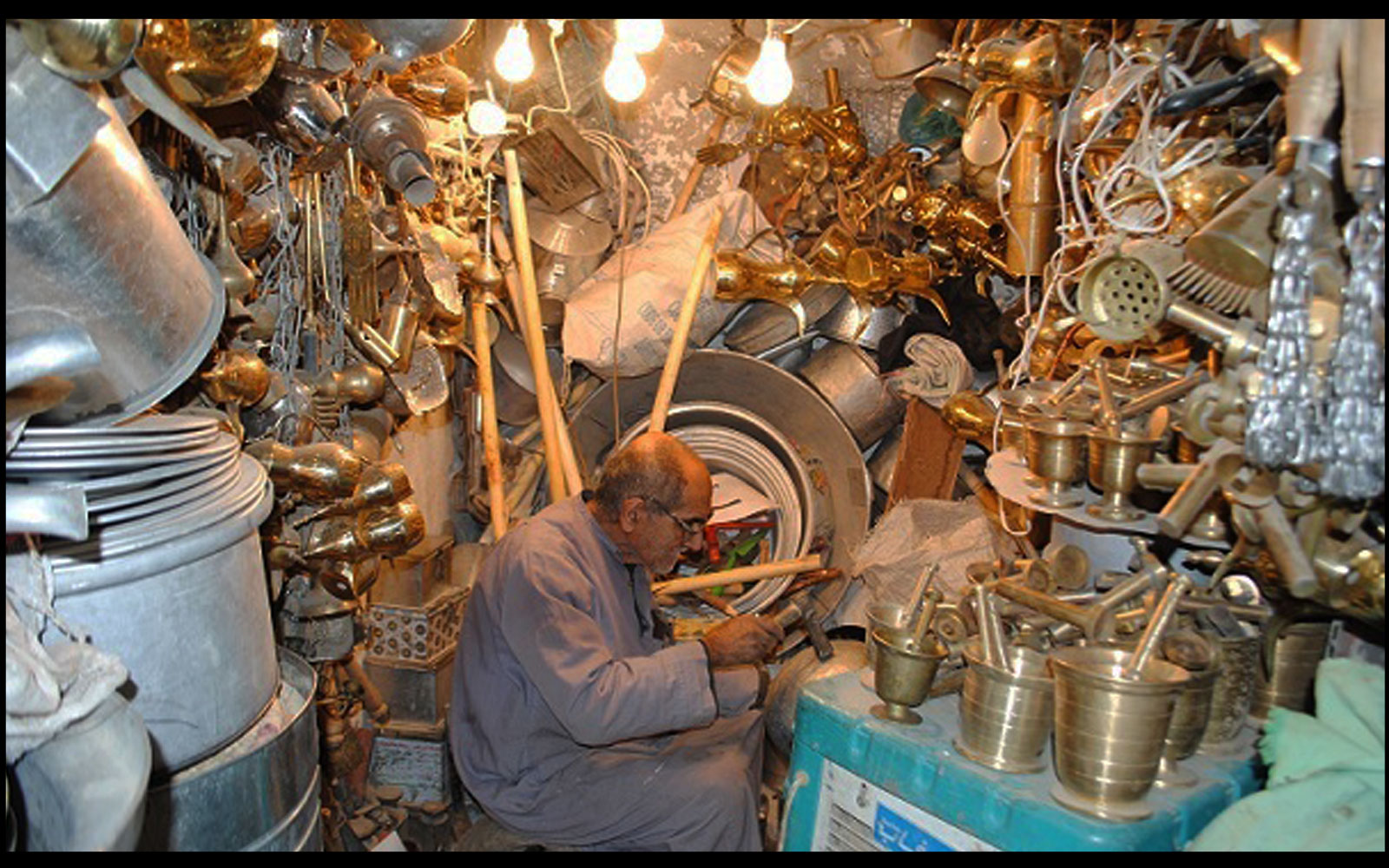Various countries of the world are boasting about their distinctive cultural heritage and folklore, during which the ancient crafts and professions are highlighted as one of the most prominent examples of it. So, what did Iraq and the holy city of Karbala have in this particular field?
The famous historian and traveler "Emmanuel Fathallah" described the holy city of Karbala after visiting it in 1329 Hijri, 1911 AD, as "Composed of two parts: the new city and the old town, where the new city was of vast wealth, flourishing trade, advanced agriculture, and an industry so impressive that its manufactures were way better than those in the capital Baghdad, especially in the field colored fabric aka "Washi", embroidery, engraving on metals, photography, calligraphy, embossing, and engraving on wood with exquisite geometric patterns of Arabic, Indian and Persian origins.
Some of what "Fathallah" has mentioned in his blog that the professions practiced by the people of Karbala are changing sometimes according to the climatic and temporal conditions, where in summer time, the profession of selling water and working in the water wells were flourishing due to the decline of water level of the Husseiniya River as a result of the severe heat that hits the city during this time of the year (1).
Source:
(1) Karbala's Civilizational Encyclopedia, The publications of Karbala Center for Studies and Research, Vol.3.

